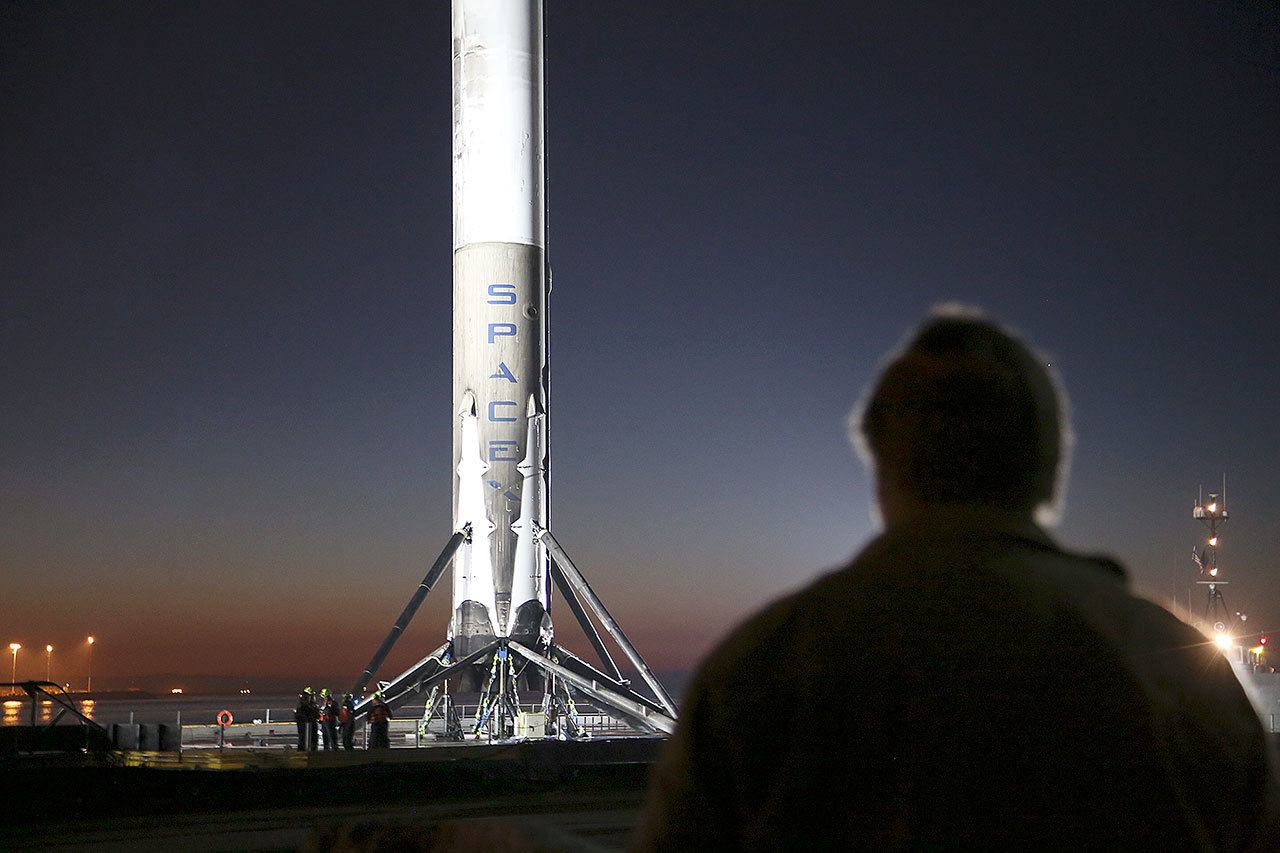By Christian Davenport, The Washington Post
The two contractors that NASA has hired to build new spacecrafts to fly astronauts to the International Space Station could face further delays that push certification of their vehicles to 2019, two years behind schedule, according to a report issued Thursday by government investigators.
If that happens, NASA might be stranded, with no way to get its astronauts to the International Space Station, the Government Accountability Office said.
In 2014, NASA awarded contracts to Boeing and SpaceX to develop vehicles that could restore the agency’s ability to put human in space after the space shuttle was retired in 2011. Under the “Commercial Crew” program, Boeing was awarded $4.2 billion; SpaceX $2.6 billion.
Since the shuttle was mothballed, NASA has had to rely on Russia to fly its astronauts to the station, an orbiting laboratory some 240 miles above Earth. NASA currently has bought seats with Russia through 2018, the report said. But there could be a problem if Boeing and SpaceX face further delays because it typically takes three years to procure seats from Russia, the report said.
“In order to avoid a potential crew transportation gap in 2019, the contracting process would have needed to start in early 2016,” the GAO said.
It added that if “NASA does not develop a viable contingency plan for ensuring access to the ISS in the event of further Commercial Crew delays, it risks not being able to maximize the return on its multibillion dollar investment in the space station.”
Relying on Russia has come at considerable cost for NASA — and for a country that won the Apollo-era space race to the moon.
Last year, a report issued by NASA’s inspector general found the cost Russia charges jumped from $21.3 million in 2006 to $81.9 million in 2015.
The risks with Boeing’s offering — a Starliner capsule that would launch aboard an Atlas V rocket — are related to the rocket’s Russian-made engine. While the rocket is viewed as highly reliable and has been certified by the Pentagon to launch national security satellites, it hasn’t yet been certified by NASA to fly humans.
But getting the data needed to make that certification has been difficult because it “is highly restricted by agreements between the U.S. and Russian governments.”
Boeing said that the United Launch Alliance, which makes the Atlas V, “will provide NASA with complete insight into the RD-180 engines.”
It also said that, “providing astronauts with safe crew transportation to and from the International Space Station is our first and most important priority.”
In its report, the GAO said that in 2015, SpaceX identified “cracks in the turbines of its engine.” NASA informed SpaceX that the cracks amount to “an unacceptable risk for human spaceflight,” the GAO said. “SpaceX officials told us that they are working closely with NASA to eliminate these cracks in order to meet NASA’s stringent targets for human rating.”
The GAO said that SpaceX’s biggest risks stem from the fact that it is constantly upgrading its rocket to make it more efficient and robust. The GAO said there “may not be enough time for SpaceX to implement these changes and get them approved prior to the first uncrewed flight test in November 2017.”
The company has already had two catastrophic failures of its Falcon 9, the rocket that it would use to fly astronauts to the station. In 2015, a Falcon 9 exploded while it was carrying cargo — but no crew-to the station. Then last September, another one blew up while it was being fueled on a Cape Canaveral launch pad ahead of an engine test fire.
The company has since returned to flight, and plans to launch another cargo mission to the station Saturday.
Unlike other rockets, which are fueled before astronauts board, SpaceX plans to fuel the rocket while they are in the vehicle. And that, the GAO said, is another “potential safety risk.”
SpaceX did not immediately respond to a request for comment.
Both companies have made significant progress on their launch sites. Boeing recently showed off the Cape Canaveral launch pad it renovated for the program. And on Saturday, SpaceX plans to launch from pad 39A, the historic site that hosted many of the Apollo and shuttle launches.
Talk to us
> Give us your news tips.
> Send us a letter to the editor.
> More Herald contact information.

























